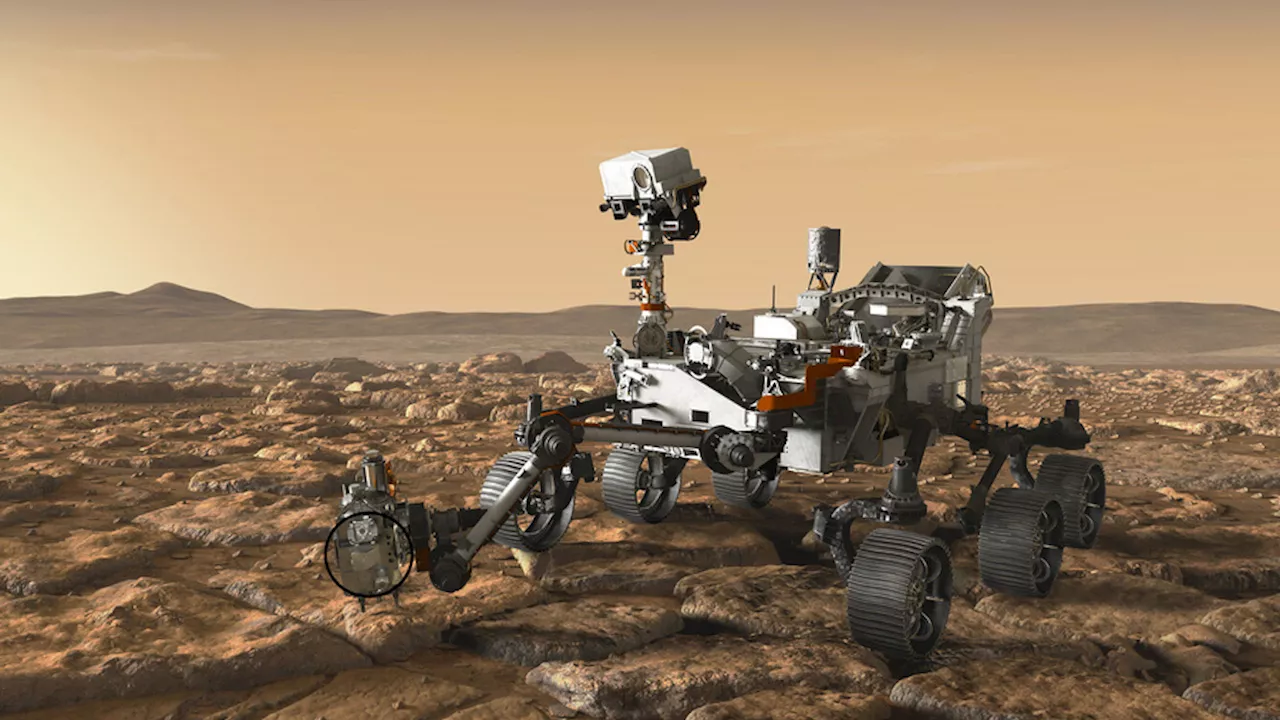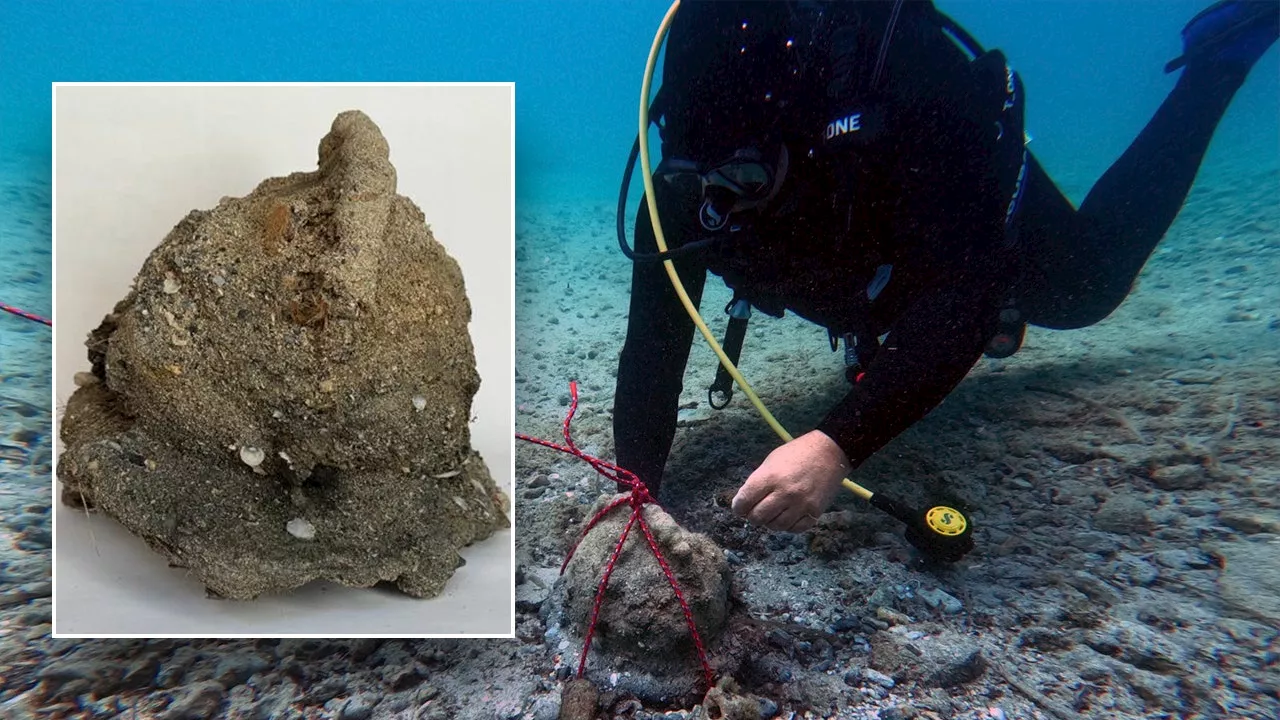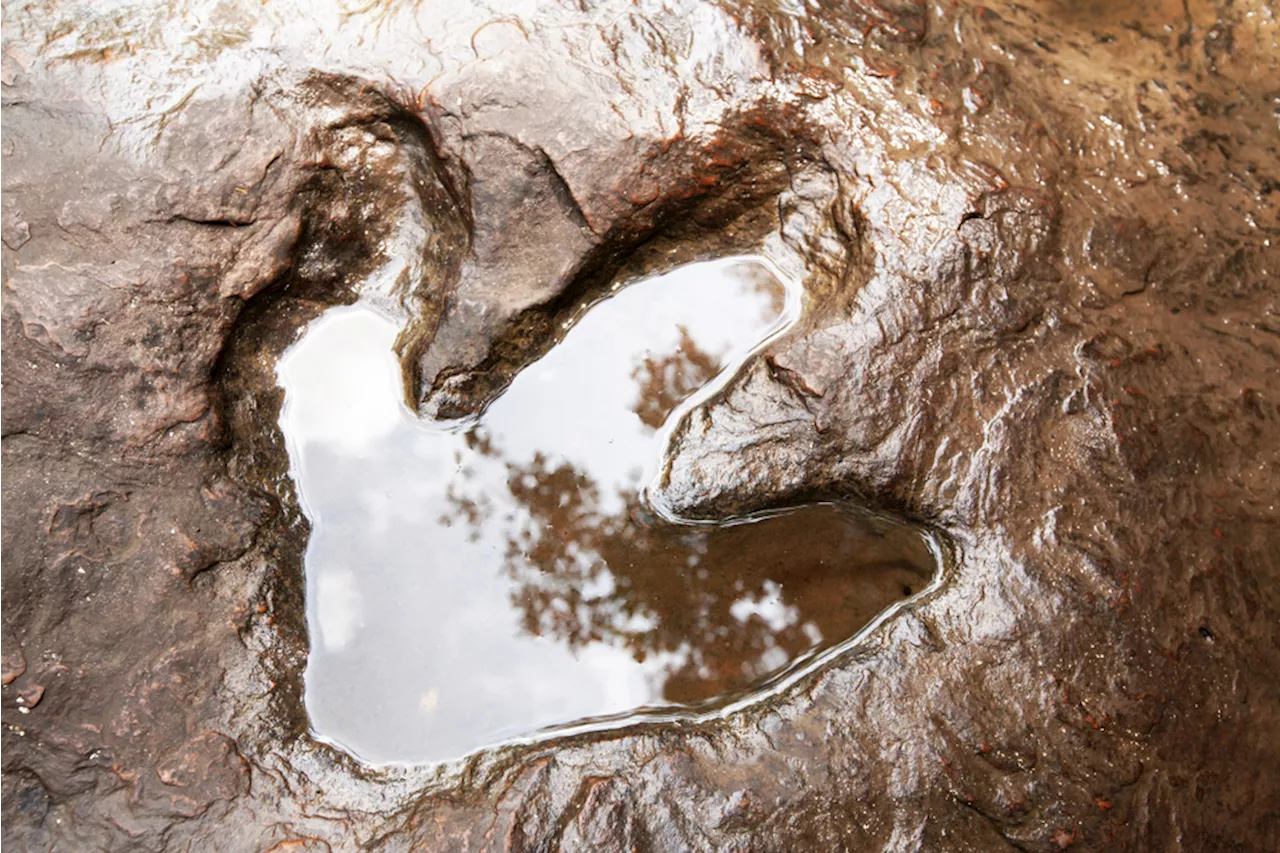Researchers explore a collection of ancient rock art near dinosaur footprints at an archaeological site in Brazil. Here’s what ancient humans thought about dinosaur fossils.
Dinosaurs have had an enormous cultural impact, and although they didn’t achieve their fame until the modern age, their footprints may have still captivated curious groups of ancient humans. Recent research at a site in northeast Brazil containing primitive rock art adjacent to dinosaur footprints has revealed how humans interacted with the fossil record in prehistory., focused on three rock outcrops at the Serrote do Letreiro site in Brazil.
The researchers say that variations in style among the petroglyphs don’t indicate the work of different human cultures, but rather, represent unique expressions from various individuals within the same group. The fact that many of the petroglyphs were placed in close proximity to the footprints shows that their creators did acknowledge fossils. None of the petroglyphs interfered with the existing footprints, meaning the creators may have wanted to deliberately avoid damaging the fossils despite not knowing their true origins.
Canada Latest News, Canada Headlines
Similar News:You can also read news stories similar to this one that we have collected from other news sources.
 Mars Perseverance rock sample orientation could solve ancient mysteryMIT geologists remotely analyze samples collected by NASA's Perseverance rover on Mars. Gain new insights into the planet's ancient history.
Mars Perseverance rock sample orientation could solve ancient mysteryMIT geologists remotely analyze samples collected by NASA's Perseverance rover on Mars. Gain new insights into the planet's ancient history.
Read more »
 Ancient Humans Left Drawings Next to Dinosaur Footprints in BrazilPetroglyphs were incised in rock near footprints of theropods, sauropods, and ornithopods.
Ancient Humans Left Drawings Next to Dinosaur Footprints in BrazilPetroglyphs were incised in rock near footprints of theropods, sauropods, and ornithopods.
Read more »
 ‘Ice bomb’: Time capsule space rock holds secrets of ancient solar systemA team of scientists shed new light on Arrokoth - which is a space rock in Kupier Belt, and it apparently has stores of ancient ice.
‘Ice bomb’: Time capsule space rock holds secrets of ancient solar systemA team of scientists shed new light on Arrokoth - which is a space rock in Kupier Belt, and it apparently has stores of ancient ice.
Read more »
 Strange rock uncovered during sea search turns out to be ancient battle gearItalian archaeologists say that they've found an Iberian-style helmet from between the 15th and 17th centuries. The helmet had been covered in concretions.
Strange rock uncovered during sea search turns out to be ancient battle gearItalian archaeologists say that they've found an Iberian-style helmet from between the 15th and 17th centuries. The helmet had been covered in concretions.
Read more »
 9,000-year-old rock art discovered among dinosaur footprints in BrazilLobato Felizola is a contributing writer for Live Science. He holds a master's degree in communication sciences, contemporary culture and new technologies from NOVA University of Lisbon, and journalism from Catholic University of Brasília.
9,000-year-old rock art discovered among dinosaur footprints in BrazilLobato Felizola is a contributing writer for Live Science. He holds a master's degree in communication sciences, contemporary culture and new technologies from NOVA University of Lisbon, and journalism from Catholic University of Brasília.
Read more »
